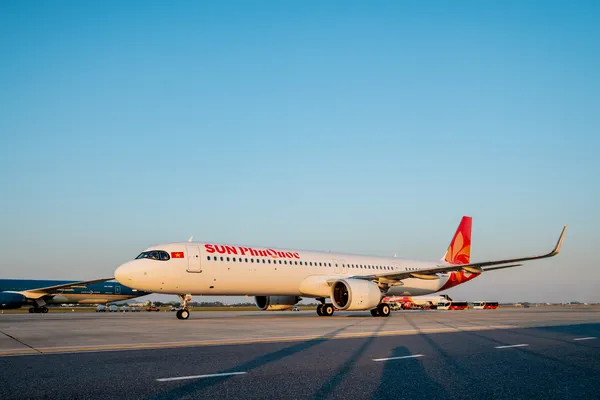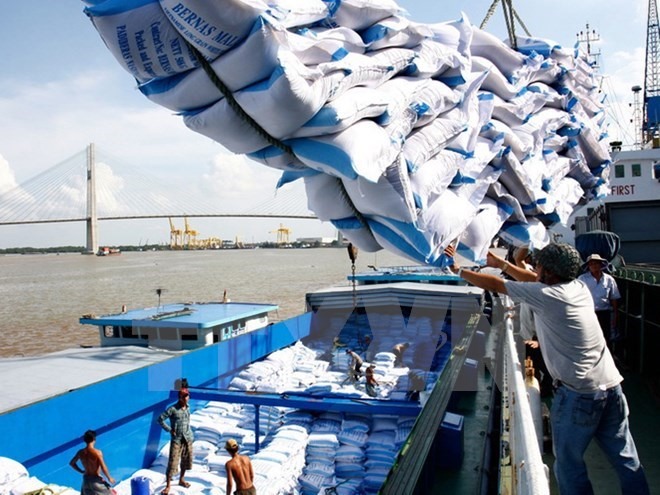 Economy
Economy

The Asian market is expected to consume some 50 per cent of Việt Nam’s total rice exports, followed by African and Middle Eastern countries at 25 per cent and five per cent, respectively, the European market at six per cent and the American and Oceania markets at nearly 14 per cent.
 |
| Rice loading at Sài Gòn port. The country’s rice exports recorded 6.3 per cent in volume and 5 per cent in value in the first half of this year. — VNA Photo |
HÀ NỘI — Việt Nam aims to export four million tonnes of rice by 2030, pursuant to a strategy for developing the country’s rice export market in the 2017-20 period with a vision to 2030.
Under the strategy, which has been approved by the Prime Minister, by 2030, exports of fragrant rice, specialty rice and Japonica rice will account for the largest proportion of the total volume of exported rice at 40 per cent, followed by glutinous rice and white rice exports at 25 per cent per each.
Meanwhile, the proportion of high-quality, high-value, organic, highly-nutritious rice and products made from rice will be some 10 per cent.
The Asian market is expected to consume some 50 per cent of Việt Nam’s total rice exports, followed by African and Middle Eastern countries at 25 per cent and 5 per cent, respectively, the European market at 6 per cent and the American and Oceania markets at nearly 14 per cent.
Việt Nam’s rice export growth has regained momentum this year following a year of slowdown, statistics from the Ministry of Agriculture and Rural Development have revealed.
About 2.8 million tonnes of rice were shipped abroad for a turnover of US$1.2 billion in the first half of this year, up 6.3 per cent in volume and 5 per cent in value. China remained the top importer of rice from Việt Nam in the reviewed period. — VNS




